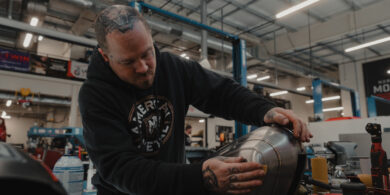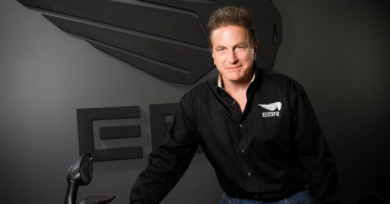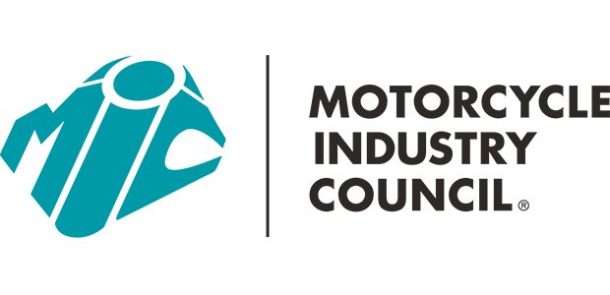April 23, 2007 – An industry emissions check-up
The personal watercraft industry has had a lot of change forced upon it in recent years, none more daunting than new emissions requirements that began to seep into the industry as early as 1999.
Cleaning up PWC engines led first to fuel-injected two-strokes, then ultimately to the four-stroke-dominated market we see today.
The driving force behind the change? Some say it was the Environmental Protection Agency (EPA). Perhaps even more influential, however, is the entity known as CARB — the California Air Resources Board. Adopting a far tougher stance than the EPA, CARB released a timetable beginning with the 2001 model year that’s stated goal was to reduce hydrocarbon emissions by
75 percent by 2025. To accomplish that goal, CARB accelerated the EPA’s timetable, demanding engines get cleaner much faster if their manufacturers still intended to sell them in the Golden State.
It is CARB that is responsible for the ubiquitous Star ratings now seen in the marine industry, gracing everything from outboards to personal watercraft. It is because of CARB that conventional two-stroke models can no longer be offered for sale in California (a standard also now adopted by New York). It is also in large part because of CARB that manufacturers have been forced to spend millions in research and development to hasten the arrival of the four-stroke.
Of course, it is also partially thanks to CARB that we now have cleaner, more fuel-efficient engines that are quieter, subject the environment to far less damage and even make it easier on the pocketbook every time we fill up at the gas pump.
What does the agency think of the progress that has been made thus far? And what can we expect from them in the future? Powersports Business recently posed those questions to CARB representatives.
On Schedule
While industry reps first balked at the idea of cleaning up PWC engines on the timetable that CARB initially presented, the reality is that manufacturers have accomplished what was demanded of them.
“Generally, the industry has complied with the regulation on schedule,” said CARB spokesperson Karen Caesar, “both by switching to four-strokes, and by using cleaner two-stroke engines.”
To what degree they have complied, however, differs. According to CARB’s 2007 model year certification date, only three engine “families” out of 10 are using four-stroke technology clean enough to meet the organization’s Tier 3/3-Star standard, which will go into effect in model year 2008. Currently, 3-Star models include the 1,494cc 4-TEC models found in Sea-Doo’s GTI line, as well as the 1,199cc and 1,498cc engines powering Kawasaki’s STX-12 and 15F. Still, that’s a marked improvement over the mere 14 percent that qualified in 2004. In fact, with the STX-12F, Kawasaki essentially met the CARB 2008 standards five years early.
Instead, the vast majority of what is currently in the market, a full 70 percent, meet the current 2-Star designation, which began in model year 2004.
“During the 2004-2006 model years, manufacturers modified their two-strokes with multi-port fuel injection, heated oxygen sensors, turbochargers or charge air coolers to meet the Tier 2/2-Star standard,” explained Caesar. “One 2007 model uses a catalytic converter.”
Industry Comparison
How does this compare with the rest of the overall marine industry? “Four-stroke PWC engines are about as clean as those outboard and inboard/stern-drive engines with similar engine sizes, although the dirtiest PWC engines have slightly higher emissions than the highest-emitting outboard or inboard/stern-drive engines,” said Caesar. “Inboard and stern-drive engines are usually much bigger (up to 8,228cc; 298 kW) than onboard/PWC engines, and they (inboard/stern-drive engines) are mostly 3-Star engines.
“However, more stringent catalyst-based emissions standards go into effect for inboard and stern-drive engines in 2007 or 2008 (depending on the option chosen by each manufacturer), and those engines will be 4-Star engines, much cleaner than the PWCs.”
According to those regulations, all inboard and stern-drive boats equipped with gas SD/I engines manufactured after Jan. 1, 2008, (with minor exceptions) will be required to be equipped with catalyst technology.
Eye To The Future
All of which begs the question, what’s next for PWC? Certainly the industry has made strides, but as long as personal watercraft burn fossil fuels, the target will forever be moving.
“Although PWC are cleaner than they used to be, further reductions are possible through use of technologies that are commonplace in other applications, such as catalytic converters,” explained Caesar. “Currently, additional reductions from the outboard and PWC category are being considered for inclusion in the State’s Implementation Plan.”
What’s a State Implementation Plan? Federal clean air laws require areas with unhealthy levels of ozone, carbon monoxide, nitrogen dioxide, sulfur dioxide and inhalable particulate matter to develop plans, known as State Implementation Plans (or SIPs), describing how they will attain national ambient air quality standards.
“The reality is that the industry has made some strides forward, but more remains to be done,” said Caesar. “In 2010, recreational boats are expected to be the fourth largest contributor of reactive organic gases statewide during the summer, emitting more than trucks, buses, lawn mowers or motorcycles.”
In other words, congratulations are in order…but there remains work to be done. psb




